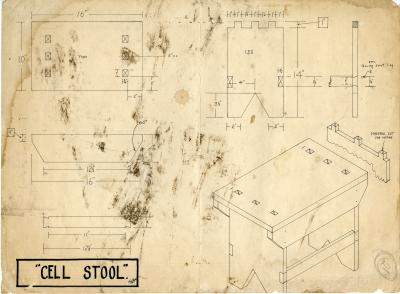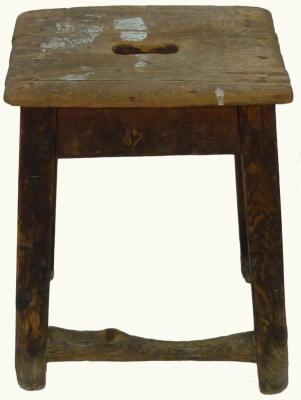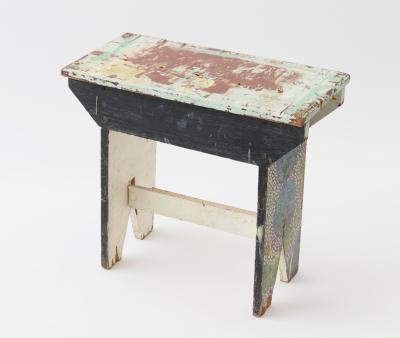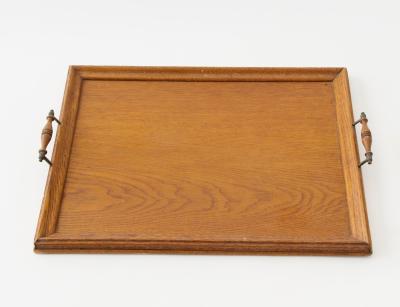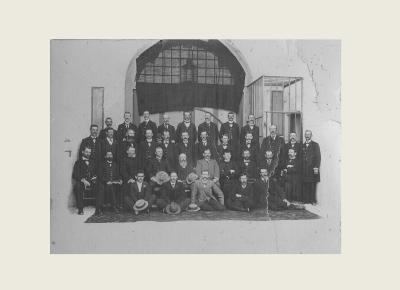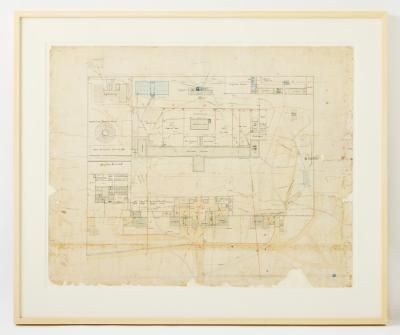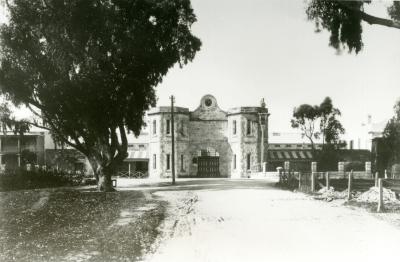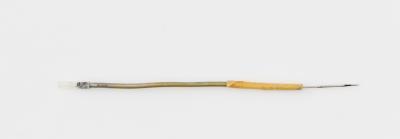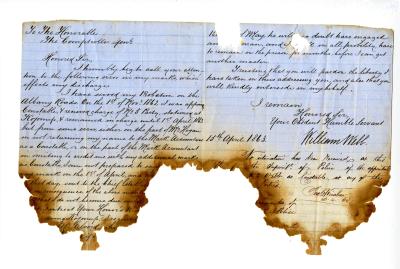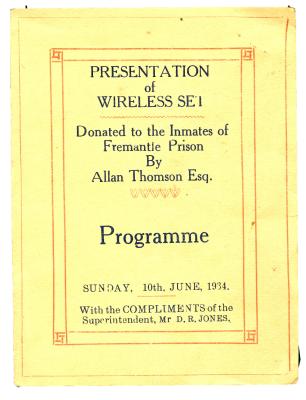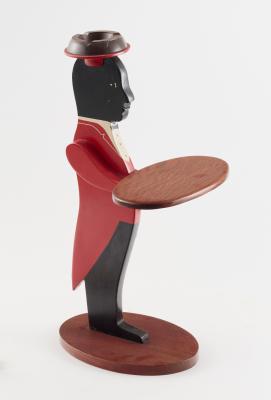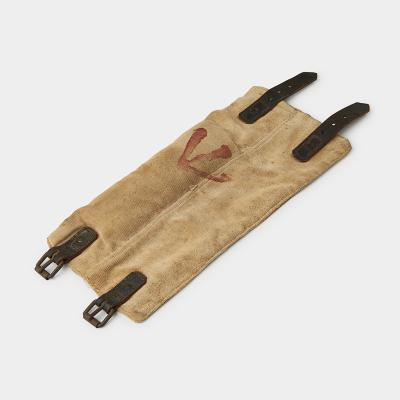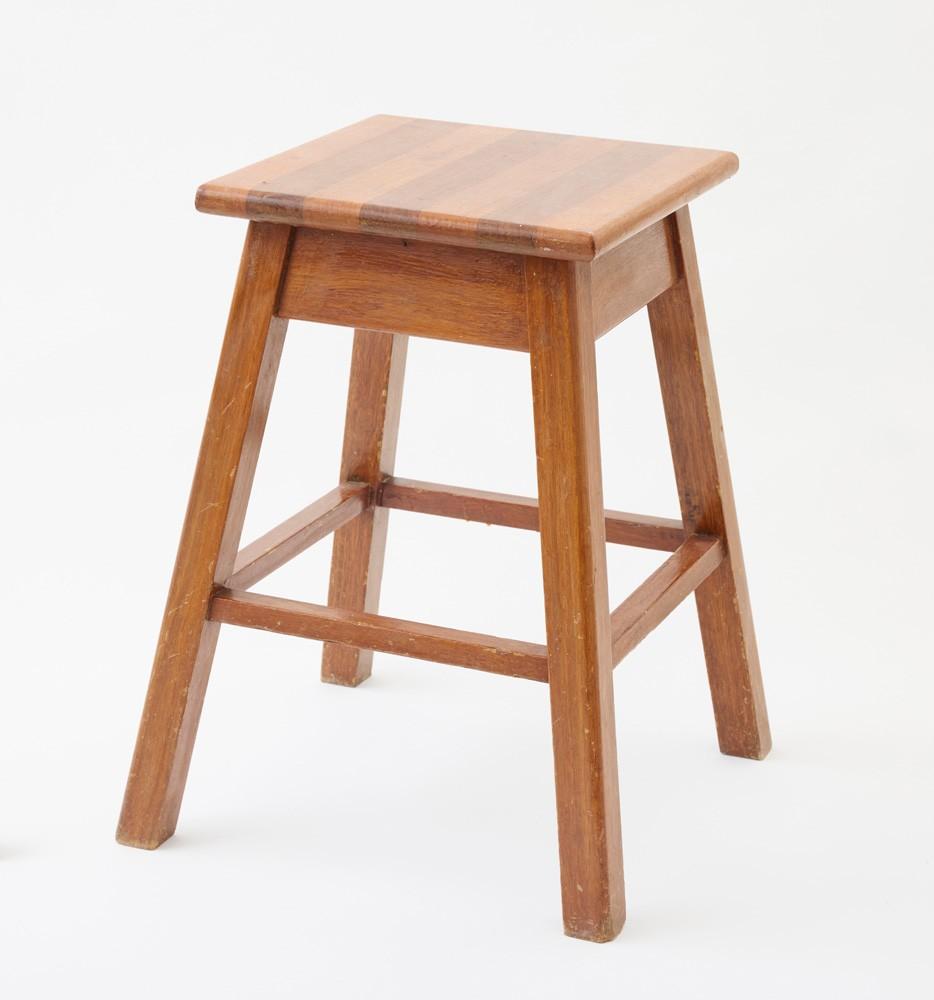HIGH STOOL
Tall, rectangular, wooden stool. Four long, wooden legs that taper inward slightly, creating a pyramidal shaped frame, are attached at the top to a flat, rectangular wooden seat made from wooden slats joined together. Four rungs of rectangular wood are attached between the legs near the base. The stool has a natural, dark redwood finish.
Made by prisoners at Fremantle Prison for Superintendent David Jones. The stool was kept in the Jones family and eventually inherited by Peggy Jones, the daughter of Superintendent Jones. When Peggy passed away in 1995 the stool was passed on to the donor Jane McQuoid, who was a friend of the Jones', and daughter of Prison Officer H. A. Legg.
Details
Details
Workshops were a necessary part of the Convict Establishment and were some of the first buildings constructed on site. The Carpenters Workshop was originally a wooden building at the front of the Prison until 1858, when it was moved next to the Blacksmith’s Shop at the south-eastern corner of the site. Whilst carpentry was regarded as a difficult skill to learn, and not many of the convicts were trained to work with wood, carpenters were essential in the new Establishment’s construction. Convicts were trained to lay the joists, floors and roof, and build the scaffolding required around the new Prison buildings. They also built the wooden portable houses used by road parties, wagons, trucks and coffins.
In the later years the Carpenters’ Shop was reputedly one of the most productive shops in the Prison. Apprenticeships were relatively easily to obtain, with prisoners serving four years or more. The apprentices who worked in the shop and demonstrated an aptitude for the job were eligible to apply. In the Carpenter’s Shop, along with an instructor, there would be several prisoner tradesmen, allowing the apprentices an opportunity to learn. The work varied from a regular production line of all the cell furniture used at Fremantle Prison, to the finer art of teak fittings for yachts and quality handmade furniture. When Fremantle Prison closed in 1991 the Carpenters’ Shop was still a productive prison industry.

